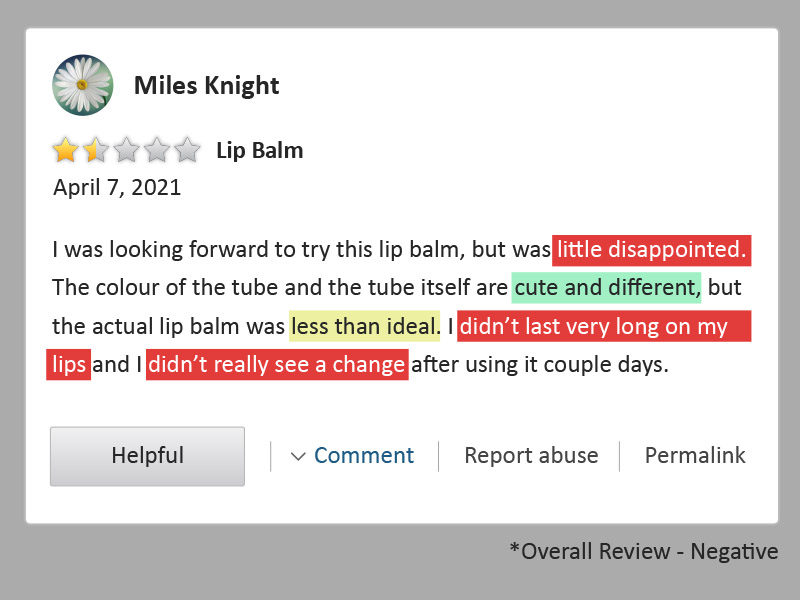Improve Customer Experience
Customer sentiment analysis is the process of analyzing customers’ experiences and emotions in online communications like social networks or forums to find out how customers feel about products, services, or brands, and respond effectively. Categorizing and understanding customer feedback via opinion mining is key to understanding demographic trends, identifying market niches, and capitalizing on new product opportunities.
Real-Time Analysis
Real-time sentiment and text analysis can track and provide powerful insights about a brand as they appear and automatically analyze without human involvement. It can greatly enhance marketing campaigns by providing understanding of specific markets and demographics to target.
Sorting Data at scale
Once trained, sentiment analysis algorithms help businesses process the extensive amount of data in the form of chats, conversations, and other data points more affordably and efficiently.







